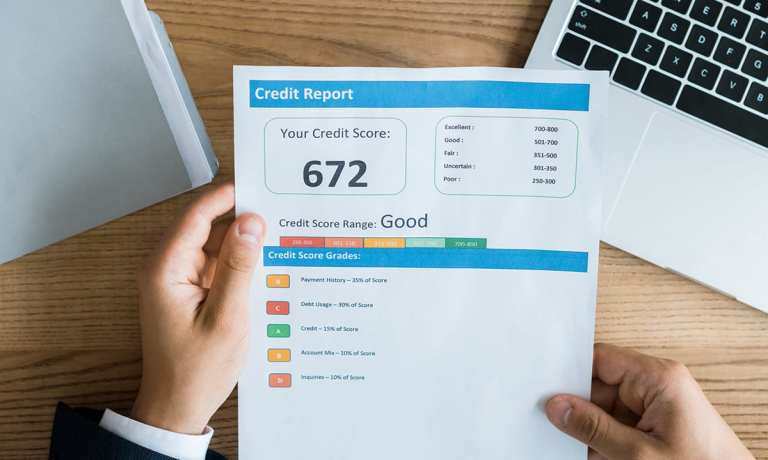Avant CEO: Near-Prime Consumers Aren’t As Risky As Incomplete Data Suggests

The last 16 or so months has triggered a full reset of almost every part of consumers’ lives, as they were forced to rewire themselves to work in a world on lockdown due to the pandemic. But as Avant CEO Matt Bochenek told Karen Webster in a recent discussion, people are eventually going to want to recapture at least some elements of their pre-pandemic lives in the outside world and to start having experiences with other people again.
“But it will not be a complete reversion to where we were 15 or 16 months ago on the digital front,” he predicted. “Consumers wanting to engage more directly via digital channels, whether that’s a mobile application or otherwise, is likely here to stay.”
This is particularly true in the realm of financial services, he said, where rethinking how and where data is used is opening up doors for consumers who had previously been locked out, or at least faced expensive difficulties getting in. The goal, Bochenek noted, is obvious: Players in the industry need to rethink their offerings to streamline the consumer experience and reduce friction across their journeys.
And to make that smooth, friction-free financial services experience available to all consumers, as opposed to “prime” consumers only.
Serving The ‘Near-Prime’
Avant has made its name by serving the underserved — a consumer segment that is often so broadly defined as to be confusing to the average person. When Avant uses the term, it refers specifically to the “near-prime” consumers — those who don’t quite make the cut according to the FICO-derived standards to which banks are by and large beholden, and who simply aren’t as well-served by mainstream financial services as their prime counterparts.
Avant’s core mission from day one, Bochenek noted, has been to provide financial services to that large collection of underserved and underbanked consumers.
“This is something we should all strive for across the entire financial services landscape, to increase alternative ways to grant that access for this segment of the population,” he said.
And it’s possible to offer expanded access to things like credit and other financial services without taking on massive risks of default, he pointed out. Specifically, he said it’s possible to offer transparent, innovative financial products that are built to simplify and improve consumers’ financial journey, delivered through one seamless mobile application. But when it comes to actually offering those solutions, FinTechs and neobanks have the distinct advantage of being more nimble than their mainstream banking counterparts.
The FinTech Advantage
When it comes to extending credit, the trouble with the mainstream market is that there simply isn’t enough good data in the FICO score to make sound, forward-looking decisions, particularly when compared with the deep insights that an institution can derive from data and analytics. It’s this data advantage that sets FinTechs apart when it comes to serving the underserved.
“It really enables us and other FinTechs to be more nimble and agile than larger institutions,” said Bochenek. “We have the ability to ingest data. And we leverage costs across the full account life cycle. And not just for underwriting — data’s part of everything, including fraud control and marketing.”
A significant segment of the adult population with a FICO credit score just aren’t going to do as well as they should in the traditional system, because their mainstream provider doesn’t have a holistic view of their complete consumer dealings and therefore believes these customers are riskier than they probably are.
With an expanded view and wide-ranging data sets, firms like Avant are better able to provide products and services to consumers who otherwise would not have many options.
“We can basically provide better terms, which ultimately benefits the consumer,” said Bochenek.
The Changing Market
The market isn’t going to go backward, Webster and Bochenek agreed, as the last 15 months have served as a first-rate education in digitization and customers now know the difference between good and bad digital experiences — and they demand the former.
That means the pressure is on financial services players to provide a more inclusive, more versatile and more complete financial services offering that makes the consumer experience easier end-to-end.
“And if the eventual outcome is that there is broader access to credit products and services for more consumers, I think that’s a positive development for all involved,” Bochenek noted.